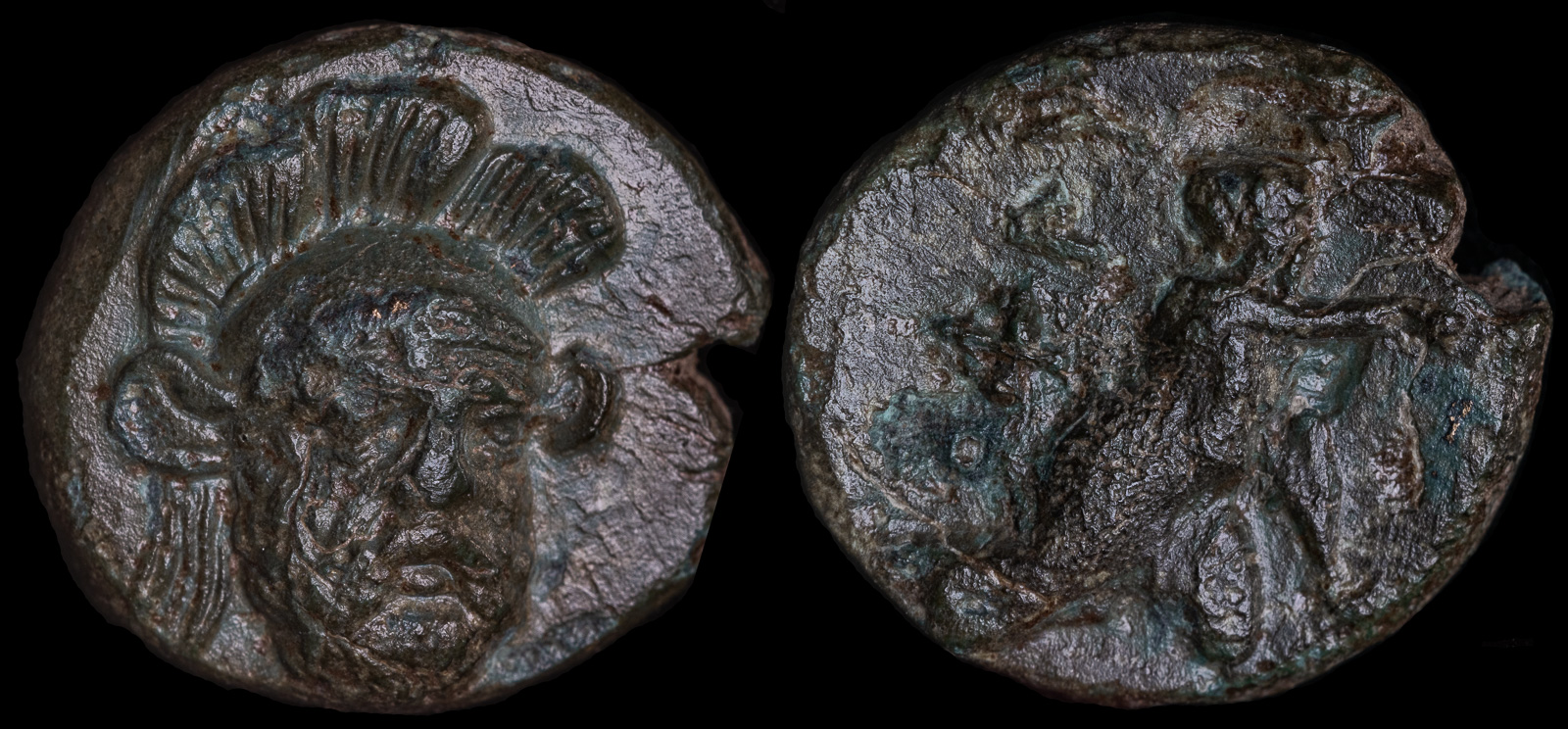Hector
View All Tags
At the heart of Hector’s story in the Iliad is his deep commitment to Troy. He is a leader who feels the weight of responsibility for his people and for the fate of his city. As the Trojan forces face the Greek invaders, Hector is at the forefront of battle, trying to defend Troy from the mighty Greek army. His leadership is shown in his rallying of the Trojan warriors, urging them to fight bravely. Despite his strength and skill on the battlefield, Hector is not driven by the same sense of vengeance that motivates other characters. Instead, he is motivated by honor, the desire to protect his family, and the hope of preserving his city from destruction.
Hector’s personal journey in the Iliad reaches its tragic climax when he faces Achilles in single combat. The two warriors, representing the might of the two warring sides, engage in a duel that has been long anticipated. Hector, aware that he may be walking toward his doom, expresses a wish to be returned to his family if he dies in battle. Despite his noble character, Hector is no match for Achilles, who is driven by a desire for revenge after Hector killed his close friend Patroclus. In the heat of battle, Achilles defeats Hector and then dishonors him by dragging his body around the walls of Troy, a final act of brutality that symbolizes the irreconcilable nature of their conflict.

Troas. Ophrynion
circa 350-300 BCE
Æ 12 mm, 1,73 g
Bearded head of Hector of Troy facing, turned slightly to the right, wearing triple crested helmet /
ΟΦΡΥ, the infant Dionysos kneeling right atop ivy branch, holding grape cluster in right hand.
SNG Copenhagen 456; SNG von Aulock 1559.